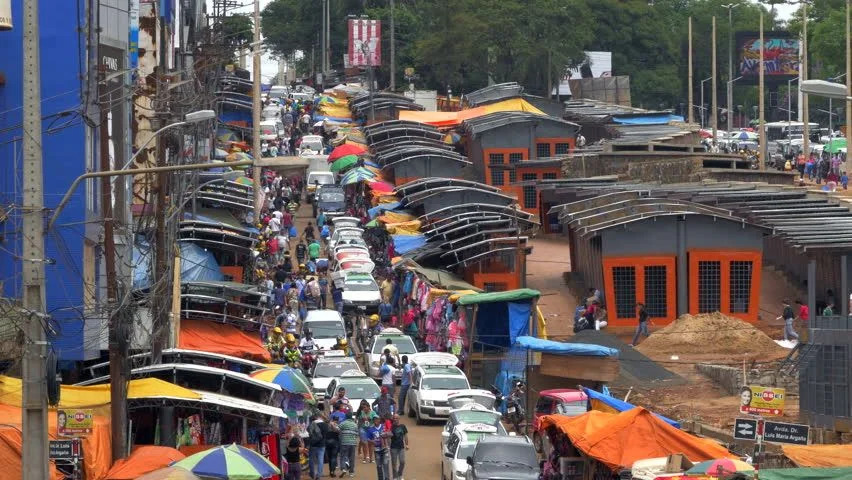Paraguay’s total population is lower than the previous estimate. The latest census reveals that the country has 6,109,644, according to preliminary data from the National Institute of Statistics (INE).
This figure is lower than the 2015 estimates, which projected the South American country’s population to reach 7,453,695.
The survey, conducted in 2022, counted a total of 2,109,864 households. Of the total population, 3,078,994 are males, and 3,030,650 are females.
INE Director Iván Ojeda noted that the 2022 Census confirmed a declining fertility rate, contrary to projections that anticipated more women.

Regarding life expectancy, a post-pandemic update shows a decrease of more than a year, from 75.5 years to 74.2 years, compared to the 2015 projections.
Ojeda pointed out that migration played a significant role in reducing the country’s population.
While a net negative migration was anticipated for 2022, the final results show the number of people leaving was higher than expected.
In addition to the main census, the fourth National Indigenous Census was also conducted.
It reported a total of 140,206 indigenous people belonging to one of the country’s 19 tribes.
This number is up from 117,150 in 2012, attributed mainly to improved data collection methods.
Paraguay’s most populous indigenous groups are the Mbya Guaraní, with 27,853 people, followed by the Ava Guaraní, with 22,235, and the Nivaclé, with 17,845, according to the report.
This census data comes at a crucial time for Paraguay. Policymakers will likely use this information for future planning.
It can guide decisions on healthcare, education, and infrastructure.
The lower-than-expected population may affect economic forecasts. Fewer people could mean less domestic demand and a smaller workforce.
However, it may ease pressures on public services like healthcare.

